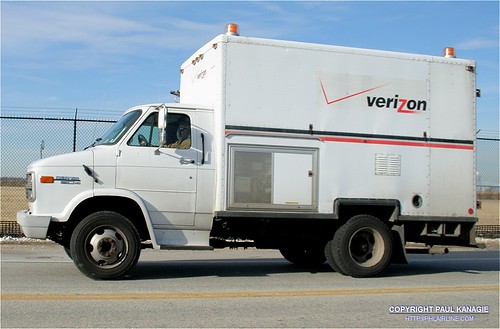And here are this week’s Green numbers…
-
2010 ties 2005 for warmest year on record
Last year tied with 2005 as the warmest year on record for global surface temperature, US government scientists said in a report on Wednesday that offered the latest data on climate change.
The Earth in 2010 experienced temperatures higher than the 20th century average for the 34th year in a row, the National Oceanic and Atmospheric Administration said.
Overall, 2010 and 2005 were 1.12 degrees Fahrenheit (0.62 Celsius) above the 20th century average when taking a combination of land and water surface temperatures across the world, it said.
Those two years were also the highest in temperature since record-keeping began in 1880.
Last year was the wettest on record, NOAA said citing Global Historical Climatology Network which made the calculation based on global average precipitation, even though regional patterns varied widely.
When it came to hurricanes and storms, the Pacific Ocean saw the fewest number of hurricanes and named storms, three and seven respectively, since the 1960s.
But the Atlantic Ocean told a different story, with 12 hurricanes and 19 named storms, which include tropical storms and depressions, marking the second highest number of hurricanes on record and third highest for storms.
-
IBM Reveals Five Innovations That Will Change Our Lives in the Next Five Years
IBM formally unveiled the fifth annual “Next Five in Five” ? a list of innovations that have the potential to change the way people work, live and play over the next five years:
? You’ll beam up your friends in 3-D
? Batteries will breathe air to power our devices
? You won?t need to be a scientist to save the planet
? Your commute will be personalized
? Computers will help energize your city -
Chris Tuppen’s 20 year CRS reflection
Chris left BT after a long and influential career in the company to pursue new pastures in sustainability. He kindly agreed to provide some personal reflections after a 20 year career in the field.
Reflecting back over twenty years of corporate sustainability and then attempting to summarise that into a 500 word blog is an almost impossible task.
Much has changed. Twenty years ago…
-
GE buys 3rd energy co. in 3 months – Lineage Power for $520m
General Electric has made its first move into the fast-growing business of cutting electricity consumption by the telecoms and computer industries, buying Lineage Power for $520m from The Gores Group, a private equity firm.
The deal is GE?s third acquisition of an energy business in the past three months, as the group implements its plan to focus on infrastructure markets and reduce its reliance on financial services.
-
Top 10 Carbon Reporting Trends in 2010
Corporate greenhouse gas emissions reporting continues to evolve at a rapid pace. As we celebrate the New Year, it’s instructional to take the opportunity to reflect on the highlights of 2010 and their impact on this market. Many of the changes are healthy as sustainability and emissions reporting moves away from “feel good” disclosures towards risk identification and competitive advantage.
Here is my list of the top 10 Carbon Reporting Trends in 2010…
-
Siemens constructing 65km 2GW HVDC line between France and Spain
Siemens Energy is currently erecting the power converter stations for a high-voltage direct-current (HVDC) transmission link between Baixas, to the west of Perpignan in France, and Santa Llogaia, south-west of Figueras in Spain, as important components of the Trans-European Network for electrical power. The installation can transmit a rated power of 2000 megawatts (MW) ? enough to transport large amounts of electric power with a minimum of transmission losses.
-
Why Greentech Money Is Sliding From Supply to Demand
With 2010 finally behind us, and a full year of data to play with, it appears that green technology investments are firmly shifting from the supply side of the equation to the demand side. In other words, solar and wind power were on the outs last year, and energy efficiency was the up-and-comer.
That?s the conclusion I draw in my weekly update at GigaOm Pro (subscription required), and while it may not come as a surprise to industry watchers, it?s nice to have some numbers to back it up. Although solar startups continued to draw the most money in venture capital investment last year, energy efficiency startups garnered…
You should follow me on Twitter here
Photo credit millicent_bystander





